Last Updated on March 2, 2023
At times, it is easy to lose sight of the fact that being a nomad isn’t just about the freedom to go anywhere we want, but also about the opportunities we have to learn about all the places we visit – in essence to get to know the world. Nowhere is this more relevant than in your own backyard. In your own country, you may assume you know about a place that you have never even visited. That is why, when we started to play with the idea of a major US road trip this past year, we knew we wanted to drive through ‘The South’, a place that seemed as foreign to us as Guatemala, Laos, or Russia.
It was time to break through some of our stereotypes. It was time to find out what The South was really all about. And no better way to start off this quest than with a visit to Charleston.
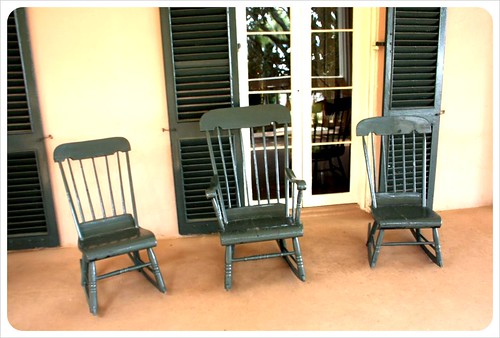 The first major Southern stop was Charleston…a city as classically Southern as it gets: the friendly locals with pleasant southern drawls, large front porches wrapping around grand antebellum homes, humid weather that makes you move slow as molasses and the plantations we had only read about in books or seen in films. In fact, dozens of our Southern stereotypes clicked right into place, but what we discovered was that by paying attention to the details, we could pick up so much more of an understanding about southern life, past and present.
The first major Southern stop was Charleston…a city as classically Southern as it gets: the friendly locals with pleasant southern drawls, large front porches wrapping around grand antebellum homes, humid weather that makes you move slow as molasses and the plantations we had only read about in books or seen in films. In fact, dozens of our Southern stereotypes clicked right into place, but what we discovered was that by paying attention to the details, we could pick up so much more of an understanding about southern life, past and present.
Classically Southern Experience: Visit a Plantation
Detail: Hand Imprints
Making the trip to a plantation was a must for us both. To a couple from the northern US and Germany, the institution of slavery seems such an intangible concept and a plantation visit is the easiest way to really to create a deeper understanding of southern life in pre-Civil War America.
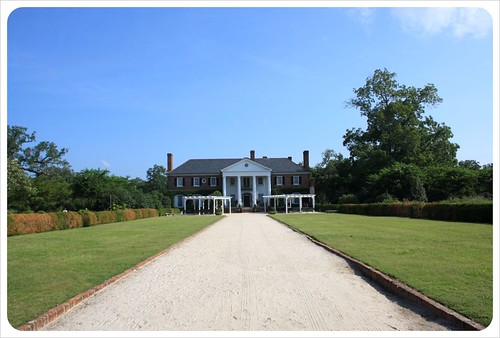 When you visit Charleston, a trip to a plantation is easy: A quick 25 min drive from Charleston, you find Boone Hall Plantation, one of the most famous plantations in the entire South.
When you visit Charleston, a trip to a plantation is easy: A quick 25 min drive from Charleston, you find Boone Hall Plantation, one of the most famous plantations in the entire South.
What first registers is how peaceful it is, just the sounds of cicadas and we drove through the Avenue of the Oaks – the long, dirt driveway lined with 88 oak trees each over 300 years old. After the 30-minute house tour it is easy to imagine ourselves sitting on the front porch sipping peach iced tea, fanning ourselves and sharing the gossip of the ladies of Charleston.
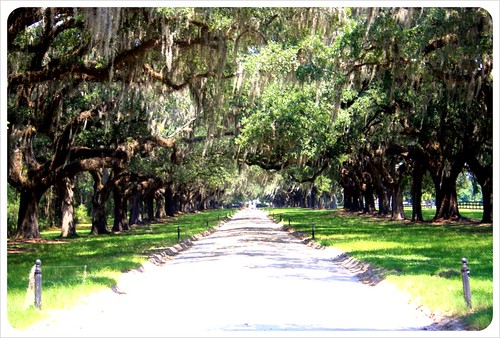 That is, until we make our way to the gut-wrenching, yet gripping, Black History in America exhibit set up inside the eight remaining slave cabins on the property. The exhibit yanks guests right back to reality. Rather than reading about life as a slave in a book, standing inside the four by five foot cabin meant for two families makes the injustice incredibly palpable.
That is, until we make our way to the gut-wrenching, yet gripping, Black History in America exhibit set up inside the eight remaining slave cabins on the property. The exhibit yanks guests right back to reality. Rather than reading about life as a slave in a book, standing inside the four by five foot cabin meant for two families makes the injustice incredibly palpable.
 We also learned an interesting detail that drove home the key role that slavery played in building the South. Before the Civil War, Boone Hall Plantation produced handmade bricks for the city. Take a close look at the older buildings in town, and you will see the slaves’ hand prints in the bricks. This physical connection, no matter how far removed by time, left a huge impression on us about what life before the Civil War in the South must have been like.
We also learned an interesting detail that drove home the key role that slavery played in building the South. Before the Civil War, Boone Hall Plantation produced handmade bricks for the city. Take a close look at the older buildings in town, and you will see the slaves’ hand prints in the bricks. This physical connection, no matter how far removed by time, left a huge impression on us about what life before the Civil War in the South must have been like.
Tip: If you don’t have a car, you can visit Boone Hall Plantation via Uber / taxi, or book an organized tour from Charleston.
Classically Southern Experience: Visit a historic home
Detail: Joggling Boards
We were immediately attracted to the regal beauty of the homes in the French Quarter and visited the Edmonston-Alston and Heyward-Washington homes. These visits are always similar: A woman dressed in a historic costume, her graying hair in a bun, greets guests at the door with twinkling eyes, a drawn out Southern speech and a palpable passion for bygone eras.
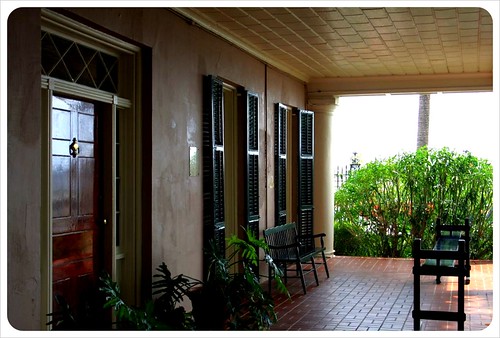
At first, the tour feels stiff; we always fear being bored to tears. Eventually we are won over when it becomes clear the tour is about more than its construction or furniture. We revel in details like what people would have eaten for dinner or how evenings were spent. It was at the Edmonston-Alston house where we learned that, in the 1800s, much time would have been spent on the joggling board. This long, pliable wooden board – almost always painted green – was originally invented for sufferers of rheumatism, but there may have been quite a few marriage proposals made on them as well. If unmarried young adults sat on either side and ‘joggled’ their way to the center, the experience would have been considered so intimate, the boy would have felt obligated to propose to the girl. What a difference to our concepts of personal space and intimacy today!
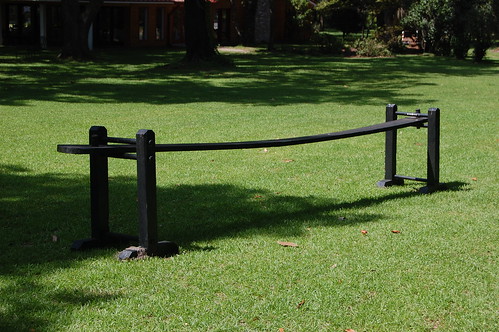
Classically Southern Experience: Southern Charm
Detail: An invitation to the Pink House.
People in the South really are so friendly and everyone called us ‘sweetie’, ‘baby’ or ‘honey’ – sometimes all three in one sentence. We had random conversations with strangers almost everywhere – parks, restaurants, on the street, at the hotel. But one circumstance in particular really impressed.
At one point during our visit to Charleston we were happily wandering through the cobblestone lanes of the city’s French Quarter, and we heard a shout and saw a wave from a cheerful lady. Could she be talking to us, we wondered. Sure enough, she struck up a conversation and we got to talking about life in Charleston. After a few minutes, she invited us to her gallery. Called The Pink House, it the smallest gallery in Charleston. She did not want to sell us anything, just wanted us to see it. She talked about when it was built and by whom, just wanted to teach us a little bit about Charleston and told us a ghost story or two about the attic. We went up to check it out, but saw no ghosts that day.

Classically Southern Experience – Life on the water
Detail: Refreshingly unpretentious
I am not sure where this ‘water’ stereotype of mine was formed…maybe country singers like Tim McGraw, who sang about Johnny’s daddy who was always taking him fishin’ or Alan Jackson’s nostalgia for his teen years spent on the Chattanooga river. Somehow I always picture southerners out on the water whenever possible. Some of the beaches, even on a Tuesday afternoon, were packed when we pulled up, others less so. Either way, what was so refreshing was how unpretentious the entire beach experience was. Going to the beach seemed to be about relaxing, not to showing off six pack abs or drinking overpriced fruity cocktails with little umbrellas in them. Instead, beach-goers included young couples with kids, octogenarians in speedos, kite-flyers, kite-surfers, sandcastle builders and large groups of friends or family having lunch under the sun.
Tip: When you visit Charleston, you have a number of beaches to choose from. We visited the Isle of Palms beach.
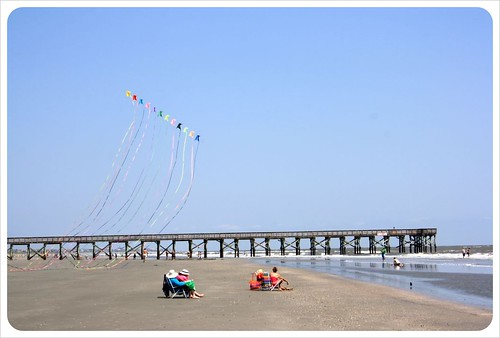
Tips for your visit to Charleston:
Stop in to the Charleston Visitors Center. It is an interesting tourist attraction itself, located in a former railway station, but the Visitor Center has hundreds of maps and itineraries and the staff is genuinely interested in helping you plan your time in town. You can also watch an introductory film to Charleston to get your bearings and a visit a small museum inside dedicated to the history of the city.
Have you been to Charleston and Boone Hall Plantation? What are some great little details you remember about the city?

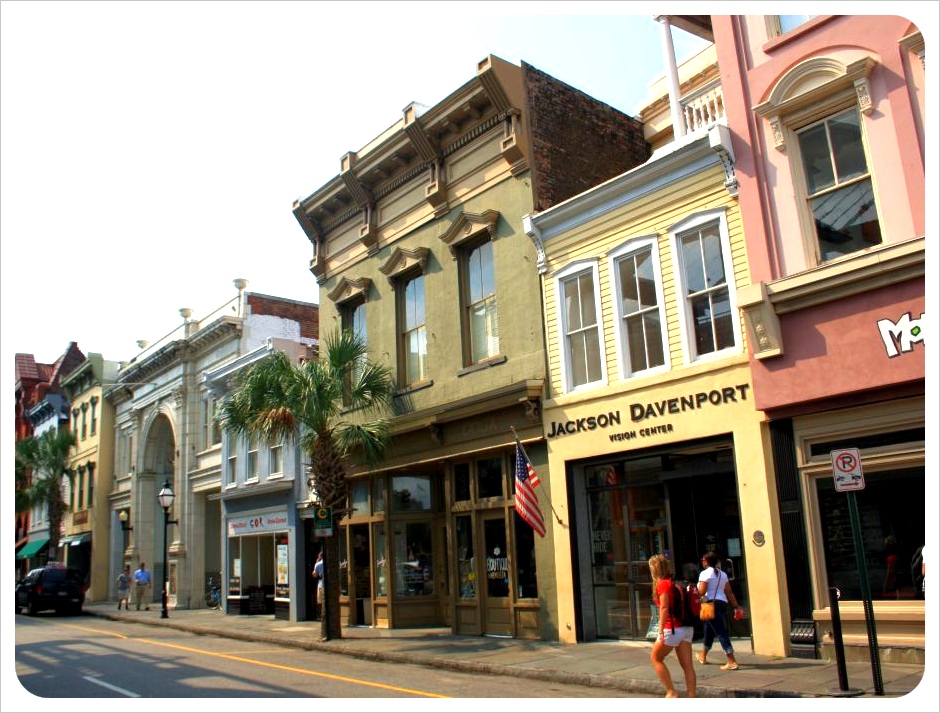
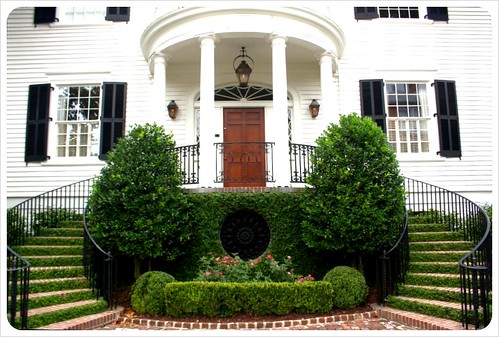

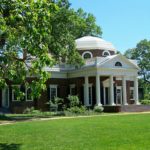
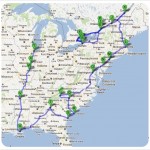
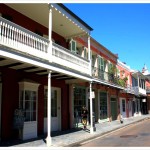
Sabrina
Wednesday 18th of January 2012
Wow! You really did it all :) Sounds like great experiences. I think I'd really want to visit a plantation if I ever make it to that corner of the States. Would be really interesting!
jess
Wednesday 18th of January 2012
The plantation visits were definitely some of the most interesting aspects of our tour through the south. We did the one outside of Charleston and then also outside of New Orleans - the Laura plantation was a Creole plantation which showed a really original experience specific to Louisiana!
Vanessa
Sunday 8th of January 2012
I haven't been to "the South" in America, but I would love to do a classic road trip through there. I barely even have a clue what to see, but I think that feels like a good way to do it.
jess
Sunday 8th of January 2012
Road-tripping is honestly the best way to see the U.S. - in every part of the country! We've got a few posts out on the South that might be useful if you do plan a road trip there...
Ekua
Saturday 7th of January 2012
As a black traveler, Charleston surprised me. I didn't have time to explore the historical aspects as much as you did because I was there for a wedding, but we were able to do a lot of walking and driving around the city. Even though the history is often so present (I couldn't believe when I saw a statue honoring Confederate soldiers) and overall I'm not politically in line with South Carolina, I was pleasantly surprised with my experiences there. Racism is omnipresent in the US, even in my lovely city of San Francisco, but in the Charleston, there's a bit more realness about it than there is here. People were incredibly friendly and welcoming to me, and from what I saw, there was quite a bit of racial mixing - couples and friends. Another surprise was that walking around on a Sunday, I saw huge congregations at two liberally inclined churches - the Unitarian Church and the United Church of Christ. Of course, my opinion on Charleston could change if I spent more time there, but I think there is something to be said for a place that has been forced to confront their injustices as opposed to the ones that never had to, but still have it lurking underneath the surface. Thanks for sharing your experiences!
jess
Sunday 8th of January 2012
Hey Ekua, I know exactly what you are talking about with this - I too had a hard time understanding tributes to the Confederate soldiers, but I also found Charleston and other smaller southern cities to be much more racially mixed than I expected. That was one reason why I wanted to go - because had I never gone to spend time in the South, I would still be picturing some warped historical stereotype. Thanks for your perspective,too - love the idea that Charleston is more real because of confronting injustice, whereas northerners never have had to...going to think on that for a while for sure!
Andi of My Beautiful Adventures
Thursday 5th of January 2012
Wow what an incredible post! I didn't want it to end. Charleston is a difficult place to live in, because of it's history, which you so eloquently detailed.
jess
Thursday 5th of January 2012
Andi, thanks for your comment, and for really understanding this post. It's really tough to love Charleston so much but reconcile its modern charm with a past that is so hard to understand.
Tricia Oakes
Wednesday 4th of January 2012
I always love hearing what non-Southerners think of the South, especially one of my favorite cities like Charleston.
Enjoyed the post-where'd y'all eat?
jess
Thursday 5th of January 2012
Hi Tricia, glad you enjoyed the post. We actually had one of our less foodie times in Charleston to be honest. We had student grub for breakfast and touristy pub grub for a late lunch. There were three or four places we really wanted to try - but we spent the entire day on foot slicing through 99 of the most humid degrees sightseeing, so our appetites were actually low - we just focused on drinking water! :-) If you have suggestions for next time, we'd love to hear it - we'll definitely be back to spend a bit of time on the Isle of Palms at some point at least!